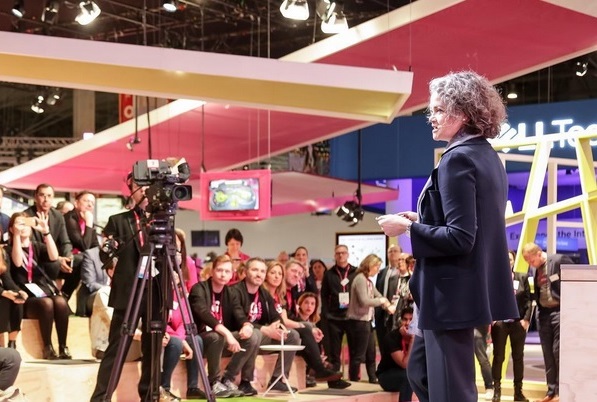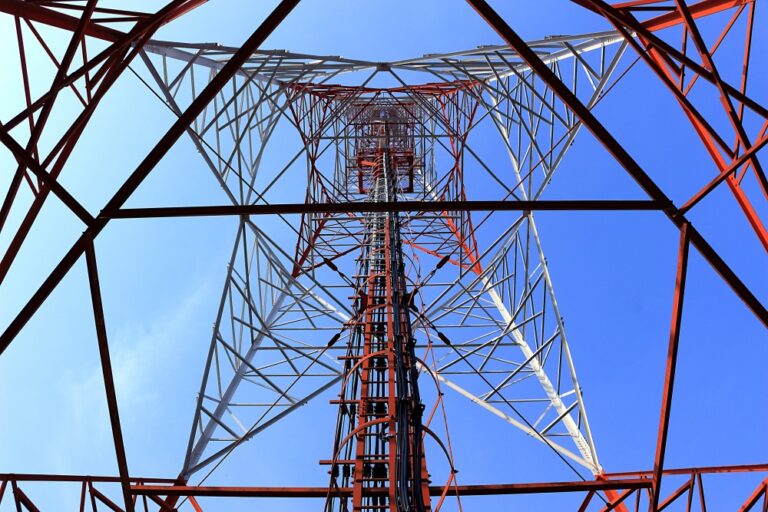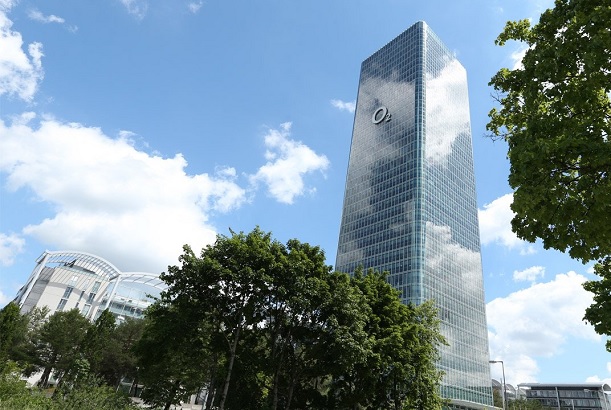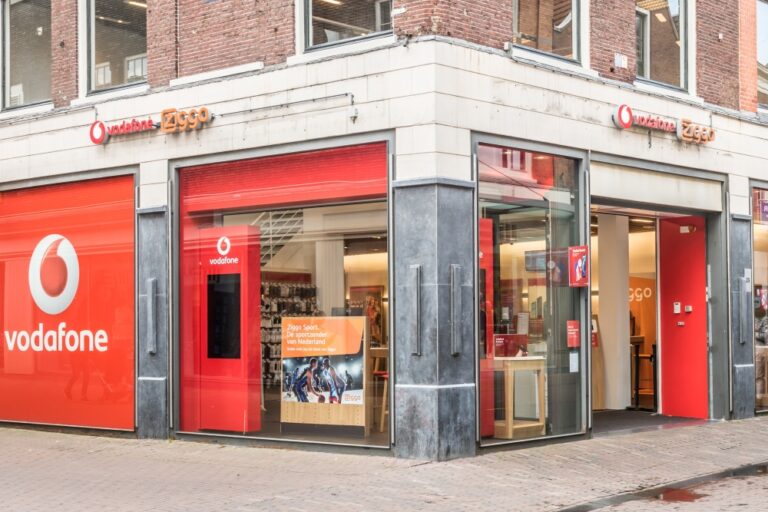Swisscom claims it could slow down the roll-out of infrastructure by years
In December 2020, the Swiss Competition Commission (COMCO) opened an investigation into the planned optical fibre expansion by Swisscom. The country’s largest operator planned to double its FTTH connections to pass 3 million properties in 2025.
COMCO ordered precautionary measures against the operator, explaining that the proposed expansion risked excluding other participants from the market which could amount to misuse of Swisscom’s market-leading position.
Changing network design
“In areas that it is expanding on its own, it is changing the design of the network in such a way that competitors no longer have direct access to the network infrastructure,” COMCO said in a statement.
“For this reason, the Competition Commission is immediately taking precautionary measures to prohibit Swisscom from denying competitors access to end-to-end lines during expansion of the fibre optic network,” it said.
Swisscom tried to have this measure overturned, but on 30 September, the Federal Administrative Court concluded that the measures ordered by COMCO should be maintained.
This week Swisscom said in a statement that it “greatly regrets this decision as [Swisscom’s] choice of the point-to-multipoint architecture for the expansion is based on a successful international model.”
Setback to national economy?
Swisscom considers the precautionary measures to be misguided and claims the impact of the ruling will be to delay the FTTH expansion to the detriment of society and the economy.
The proposed use of the point-to-point architecture has been criticised by some of Swisscom’s competitors. Swisscom said it faced intense competition with other providers, such as electricity companies and cable network operators, in the construction and operation of long-range and broadband fixed-network connections.
“There is competition at all levels, and numerous cooperation partners are involved in the expansion, which entails billions of euros in investment,” according to Swisscom CEO, Urs Schaeppi. “We are convinced that our conduct is fair and in line with competition law and will now consider our next steps.”












